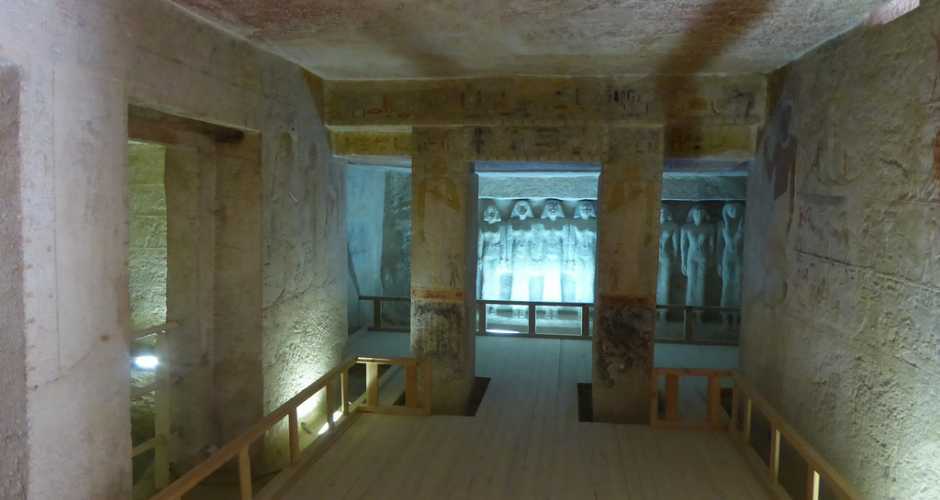- Home
-
Day tours
- Day tours
-
Marsa alam tours
-
Hurghada tours
-
El Quseir Tours
-
Makadi bay
-
Cairo Tours
- Cairo Tours
- Top Things in Cairo
- Siwa tours from Cairo
- Cairo Culture Tours
- Alexandria trips from Cairo
- Nile Cruises From Cairo
- Night Dinner Cruises in Cairo
- Sound and Light show Excursion
- Fayoum trips from Cairo
- Luxor Tours From Cairo
- white desert trips from Cairo
- Al Minya tours from Cairo
- Cairo Travel Packages
- Cairo Desert and Safari tours
- Aswan tours From Cairo
- Cairo Taxi Transfers
-
Luxor Tours
-
Portghalib tours
-
Sharm el Sheikh
-
El Gouna Tours
-
Aswan Tours
-
Sahl Hasheesh Tours
-
Soma Bay tours
- Safaga Tours
-
Airport Transfer
-
Tour Packages
- Tour Packages
-
Egypt Travel Packages
- Egypt Travel Packages
- Egypt Itinerary 4 Days
- Egypt Itinerary 5 Days
- Egypt Itinerary 6 Days
- Egypt itineraries 7 Days
- Egypt itineraries 8 Days
- Egypt Itinerary 9 Days
- Egypt Itineraries 10 Days
- Egypt Itinerary 11 Days
- Egypt Itineraries 12 Days
- Egypt Itineraries 13 Days
- Egypt Itineraries 14 Days
- Egypt Itineraries 15 Days
- Egypt Itineraries 16 Days
- Egypt Itineraries 17 Days
- Egypt Itineraries 18 Days
- Egypt Itineraries 19 Days
- Egypt Itineraries 20 Days
- Egypt Itineraries 21 Days
- Top Egypt Vacation Packages
- Egypt Cruises Packages
- Egypt Christmas Holidays
- Hurghada Holiday Packages
- Marsa Alam holidays packages
- Marsa Alam tour Packages
- Egypt Walking Holidays
-
Shore Excursions
- Egypt Nile Cruises
-
Egypt Attractions
- Egypt Attractions
-
Top Attractions In Luxor
-
Top attractions in Bahariya
-
Top Attractions In Fayoum
-
Top Attractions In Siwa
-
Top attractions in Sakkara
-
Top Attractions In Giza
-
Top Attractions In Aswan
-
Top Attractions In Alexandria
-
Top Attractions In Cairo
-
Attractions in Damietta
-
Top Attractions In Hurghada
-
Top Attractions in El Quseir
- Top attractions in Marsa Alam
- Top attractions in Al Minya
- Top attractions in El Gouna
- Top attractions in Sharm
- Contact us
-
Egypt Travel Guide
- Egypt Travel Guide
- Egypt tours Faq
- Egypt Itinerary 7 Days
- Best Tours in Marsa Alam
- Egypt Itinerary 8 Days
- Travel to siwa from Cairo
- Plan your trip to Egypt
- Is Egypt Safe to Visit
- Egypt Itinerary Planner
- The Best Winter Destinations
- Egypt Tour Packages guide
- The best Nile Cruises in Egypt
- Tips For visiting the Pyramid
- Foods You Need to Eat In Egypt
- The 10 Best Marsa Alam Tours
- Payment Policy
- White desert Tour packages
THE TOMB OF QAR
Meryrenefer was an official during Egypt's 5th Dynasty, probably during the reign of Pepi II. He was the "Overseer of the Pyramid Towns of Khufu and Menkaure", the "Inspector of wab-priests of the Pyramid of Khafre" and "Tenant of the Pyramid of Pepi I. However, he is better known to us as Qar (or Kar). He was married to Gefi, who was a "Prophetess of Hathor".Qar's mastaba tomb (G 7101) is located in the Eastern Cemetery at Giza. It lies to the east of the pyramid belonging to Queen Hetepheres and next to her tomb-shaft, sitting side by side with the mastaba of Idu. There may have been a relationship between these two men, but if so, the relationship is unclear.

The mastaba of MERYRE-NEFER surnamed QAR
George Andrew Reisner, the director of the Harvard University - Museum of Fine Arts (Boston) mission to the Giza site, explored an area near the pyramid of Khufu (Kheops) when, on 10 January 1925, he discovered the funerary complexes of Qar (G 7101) and Idu (G 7102). They quickly became indivisible from one another, on the one hand because of their proximity and on the other hand because of the family ties that very probably united their owners.

LOCATION OF THE TOMBS OF QAR
The two complexes are contiguous. Idu is to the east of Qar. They are located a hundred metres from the eastern face of the pyramid of Cheops in the great East cemetery attached to this pyramid. A few meters to the south is the great double mastaba of Prince Kauab, son of Kheops.The superstructures of the two mastabas have almost completely disappeared and only traces of the lowest sections remain. The chapels are both below the level of the ground and their inmost parts are caverns, excavated directly into the rock, under the superstructures. They are reached down a staircase coming from an open-air courtyard. At Qar’s tomb, the reliefs bordering the upper staircase were above ground level (as for Idu’s, we do not know).To consider the two tombs as mastabas is problematic - which Reisner recognized. In particular, it is difficult to imagine how open courts can fit into the plan of a mastaba which, in this case, would be a typical. Numerous blocks and fragments of blocks were recorded during the Reisner excavations. They are housed in several museums, including the Museum of Fine Arts (MFA) in Boston. We will come back to them.
